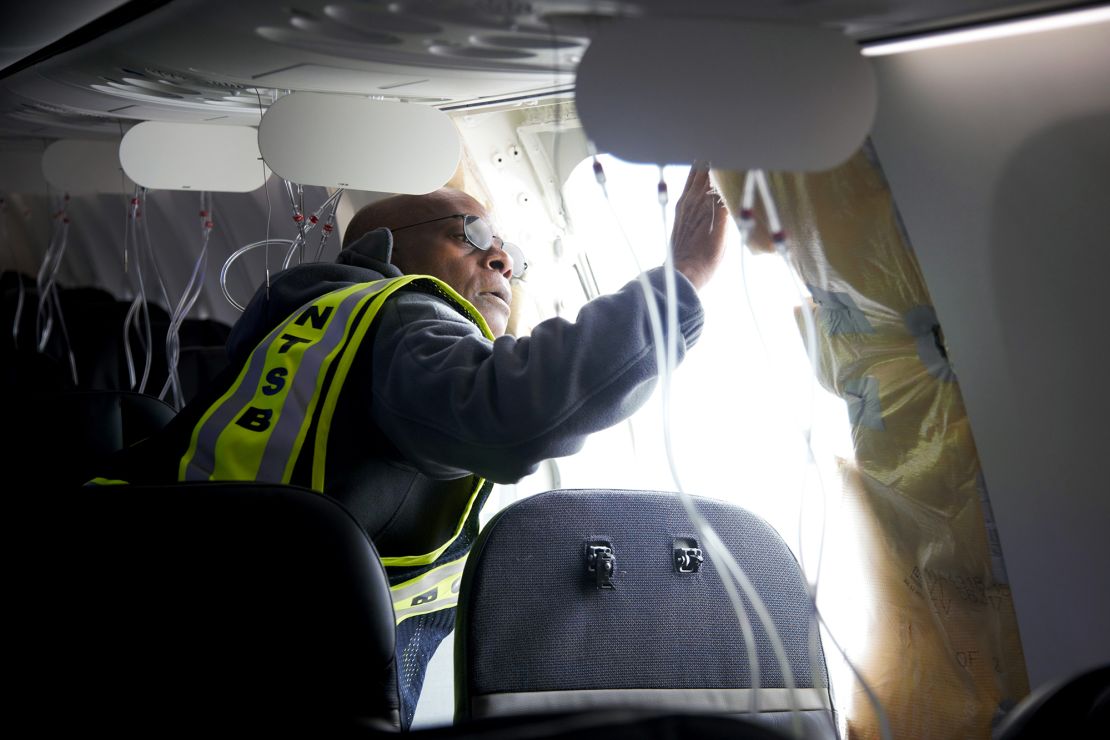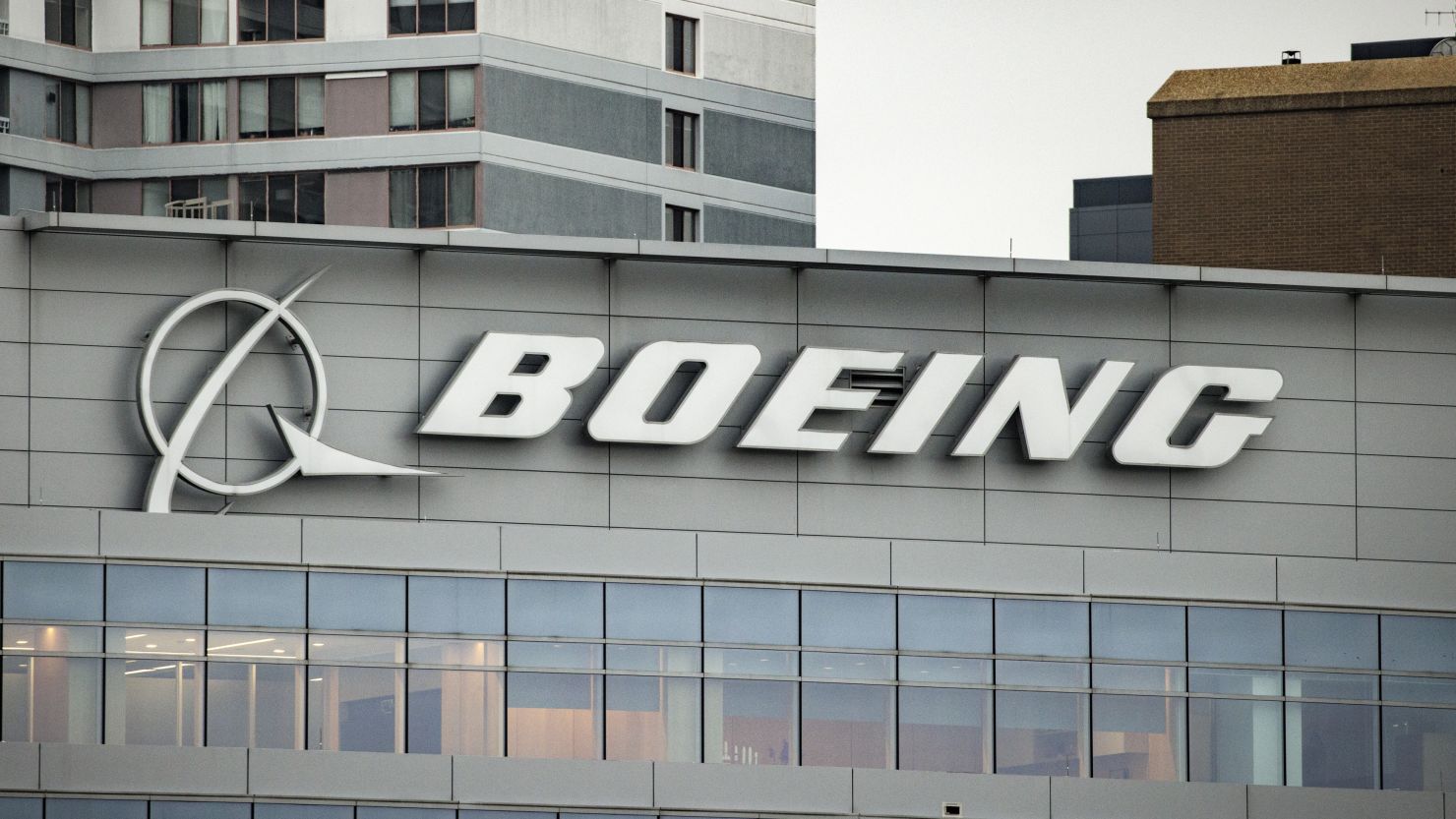Editor’s Note: Richard Aboulafia is a managing director at AeroDynamic Advisory, an aerospace and defense management consultancy headquartered in Ann Arbor, Michigan. AeroDynamic Advisory has worked for Boeing, its competitors and its suppliers. The views expressed in this commentary are his own. Read more opinion at CNN.
The situation at Boeing is grim. Serious program execution problems and high-profile safety incidents, with still-fresh memories of the two 737 MAX disasters in 2018 and 2019, are damaging the company’s brand and bringing increased regulatory scrutiny. Its recovery won’t begin until management starts examining how the company got here.

Years ago, an excessive focus on financial returns led Boeing to badly neglect two of its greatest resources: its people and its suppliers. First, in the 2010s, Boeing made a forceful effort to weaken its workforce’s power. Aggressive moves, such as transferring production sites to new locations and threatening to move additional work, reduced labor’s negotiating power, resulting in minimal pay increases and terminated pension plans.
Most damaging, then-CEO Jim McNerney systematically promoted non-technical people to executive positions, particularly on the board. Incredibly, the MAX was developed under him and the commercial unit CEO — neither of whom had a technical degree. Current CEO Dave Calhoun, also not an engineer, has followed the same path, promoting people with similar finance backgrounds.
At the same time, the company went after its suppliers’ profits. Programs like Partnering For Success called for consistent price reductions, even as demand increased. Boeing pursued its suppliers’ product support business, further impacting their business models. Payment terms were increased to 120 days in many cases, up from around 30 days.

The company announced a “no-fly list,” implying that suppliers that didn’t give in to Boeing’s demands would not be used for future jets. Boeing even began an ill-advised program of vertical integration, aiming to replicate systems and components provided by some of its specialized suppliers, to further pressure them on price.
Effectively, workers and suppliers were being crunched to provide rewards to Boeing shareholders. And in the short run, it worked great. In 2012, 19% of operating cash flow was being returned to shareholders in the form of dividends and buybacks. By 2015, this had ramped up to an astonishing 99%. It stayed in the 90% range until the two MAX crashes and the resulting MAX line shutdown. Between 2014 and 2018, the company rewarded investors with $53 billion in these returns. Senior executives, often compensated on the basis of stock returns, also did quite well.
The result of this strategy is plain to see: an under-resourced supply chain, and an equally under-resourced and badly alienated workforce. These have resulted in missed production targets, serious program delays, failed safety audits and embarrassing instances of shoddy workmanship. Regulatory and political scrutiny is increasing and will likely worsen.
Boeing’s brand is increasingly tarnished. Airlines are increasingly vocal with their anger and frustration, as their fleet plans — and associated revenue forecasts — have been confounded by delivery delays. Technical issues, coupled with increased regulatory oversight, have jeopardized certification timing for two new variants of the 737 MAX, the 737 MAX 7 and 737 MAX 10. Airlines like Southwest and United had pegged their fleet plans to these models, so the delays are sure to impact the number of flights they’re able to schedule. And even Boeing’s stock price has begun to suffer — ironic for a management team accused of an excessive financial focus.
All is not lost. Boeing still has good people, impressive technologies and great jetliners. The latter are in a duopoly with very high entry barriers, even if Airbus is quickly gaining market share. All that’s needed is a new approach to management at the top.
If there is a new management team, it would be wise for them to learn from history. Treating suppliers and workers as partners would be a great start. Senior executives need to engage directly with them, spending time in factories, talking with the suppliers, engineers and machinists engaged in the company’s core business. Instead of denying the need for any new products — as Calhoun bizarrely did in November 2022 when he said the company might not introduce any new models until the 2030s — they should be talking about new opportunities that would restore the company to industry leadership.
A lot of this comes down to just showing up. The current approach of staying in office buildings and focusing on financial abstractions clearly isn’t working.




